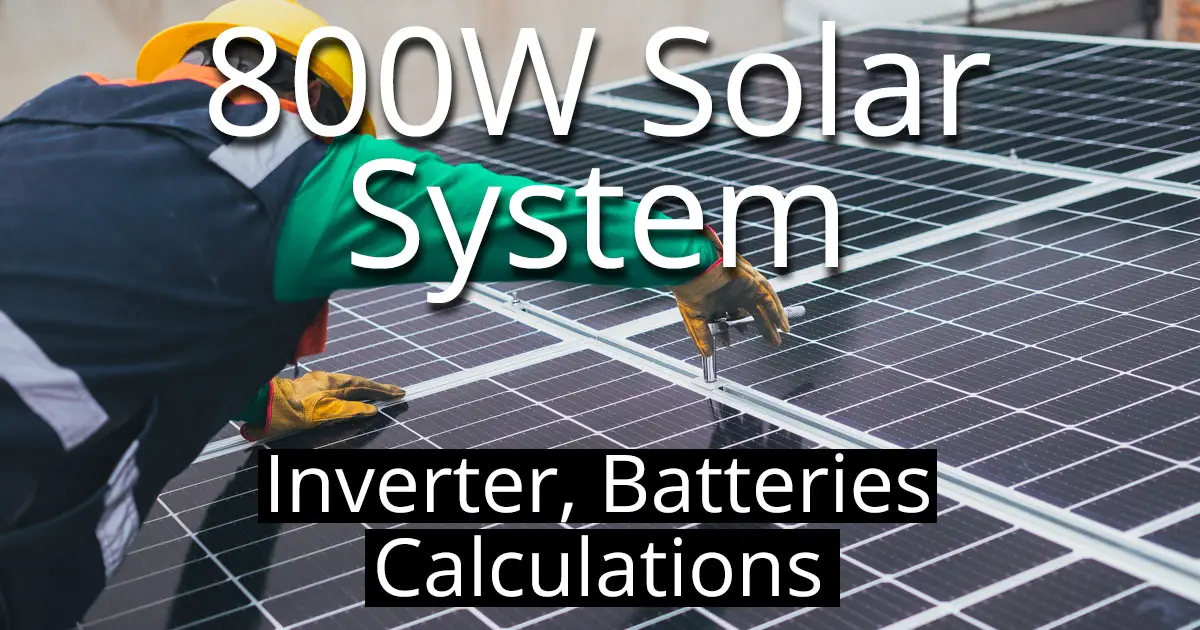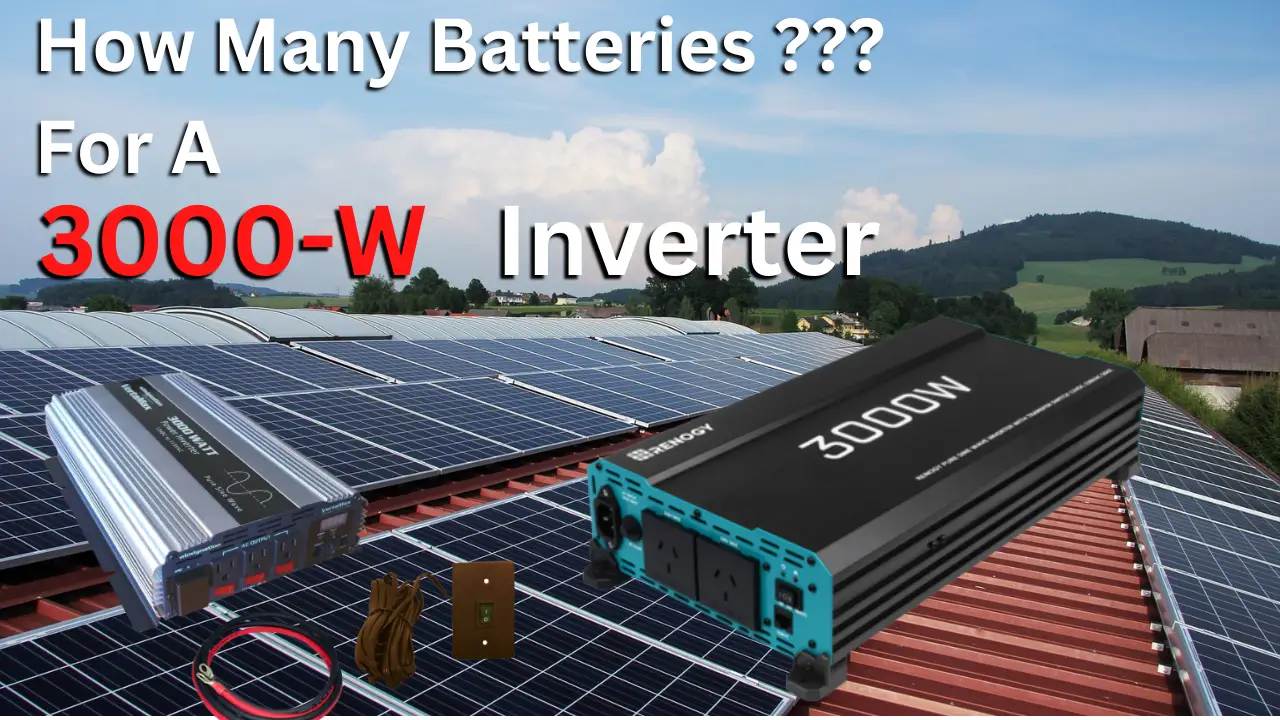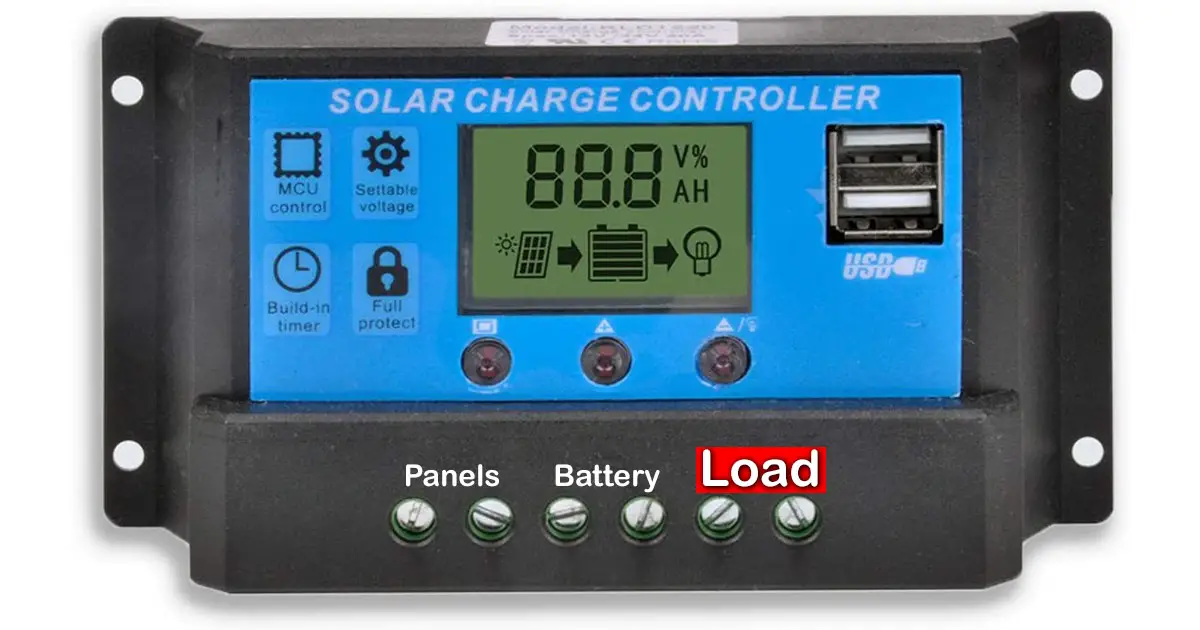Introduction
Televisions are commonplace in modern households, providing entertainment and information. However, TVs rely on AC power, which may not always be accessible, particularly in remote or off-grid locations. Inverters offer a solution by converting the DC power from batteries or solar panels into AC power, allowing TVs to operate seamlessly. Choosing the correct inverter size is essential to ensure compatibility, prevent potential damage to the TV, and optimize power usage.
Factors to Consider When Choosing an Inverter Size for a TV
Determine TV Power Consumption:
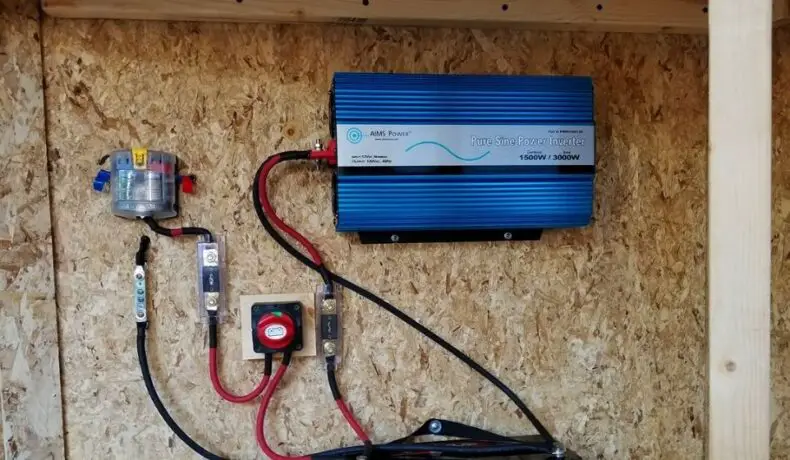
- Locate the TV’s power rating label, usually found on the back or bottom of the TV.
- Identify the TV’s power consumption in watts (W). This value typically ranges from 50W to 500W, depending on the TV model and size.
Calculate Inverter’s Minimum Capacity (VA):
Inverters are measured in volt-amperes (VA), which represents their power handling capacity. To determine the minimum inverter capacity needed, multiply the TV’s power consumption in watts by 2. This factor of 2 accounts for the inverter’s efficiency and the TV’s peak power demand.
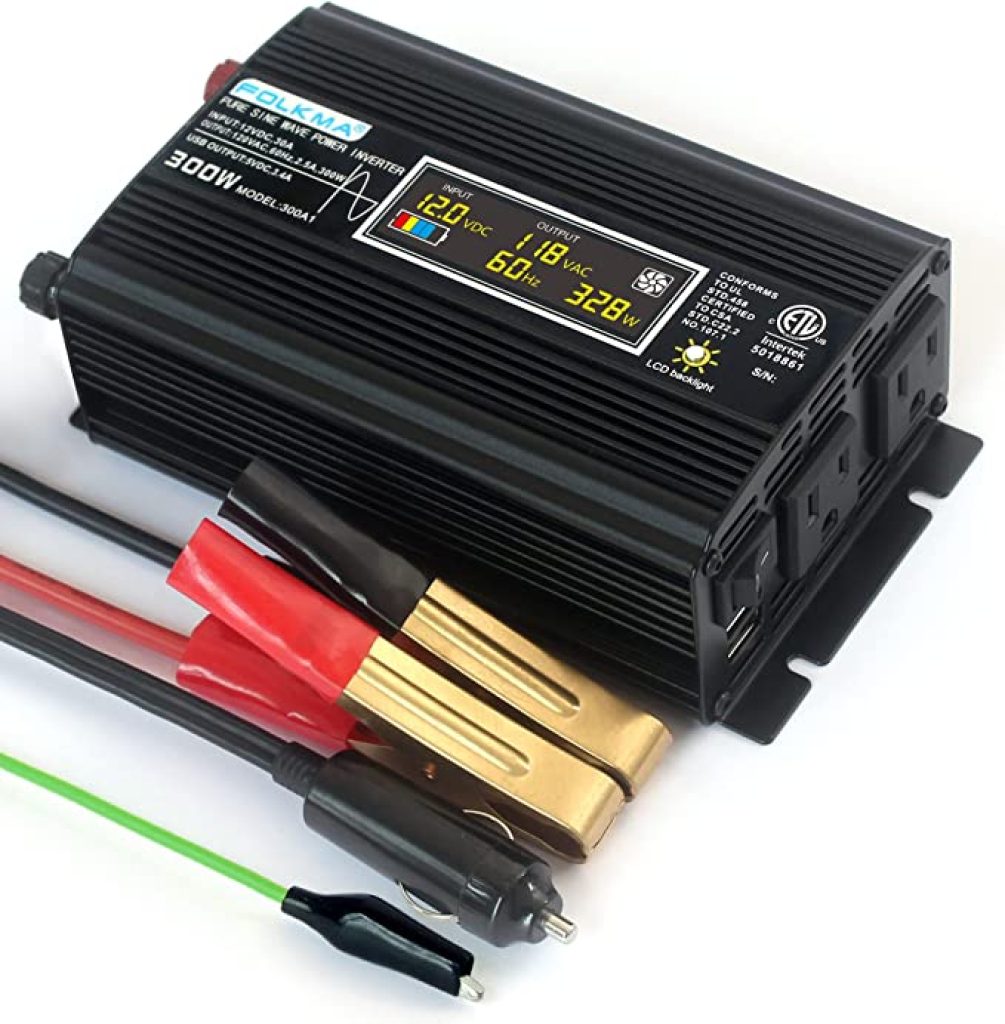
- Formula: Minimum Inverter Capacity (VA) = TV Power Consumption (W) × 2
- Example: For a TV consuming 200W, the minimum inverter capacity required is 200W x 2 = 400VA.
Consider Surge Power Requirements:
- Some TVs may require a higher power draw during startup or specific operations. To ensure seamless operation, it’s advisable to select an inverter with a capacity that accommodates this surge power. Ideally, aim for an inverter with a capacity that is at least 30% higher than the minimum capacity calculated in step 2.
- Example: For a TV with a minimum inverter capacity of 400VA, choosing an inverter with a capacity of 520VA (400VA x 1.3) or higher is recommended.
Additional Factors to Consider:
- If you plan to connect other devices, such as gaming consoles or media players, to the inverter, consider their power consumption and add it to the TV’s power requirements when selecting the inverter capacity.
- If you plan to use the inverter in remote locations, such as camping or RVs, where the power source may be unstable, choose an inverter with voltage regulation capabilities to protect your TV from voltage fluctuations.
- Some inverters offer additional features like USB ports or AC outlets, which can be convenient for charging devices or connecting multiple devices. Consider these features based on your specific needs.# What Size Inverter Do I Need to Run a TV?
Executive Summary
Inverters are essential for converting direct current (DC) from a battery or solar panel into alternating current (AC) needed to power various appliances, including TVs. To ensure optimal performance, selecting the right size inverter is crucial. This article provides comprehensive guidance on determining the inverter size required to run a TV, considering factors such as power consumption, load type, and runtime.
- TV Power Consumption:
- Determine the wattage or power consumption of the TV.
- Check the TV’s manufacturer specifications or the label on the back panel.
- Note that some TVs may have different power consumption rates depending on factors like screen size, features, and settings.
- Load Type:
- Identify the type of load the TV represents.
- TVs are typically considered a resistive load, meaning they draw power consistently without causing significant fluctuations.
- Resistive loads generally have a power factor close to 1, making it easier to calculate the inverter size.
- Inverter Efficiency:
- Consider the efficiency of the inverter, as not all inverters are 100% efficient.
- Efficiency represents how much of the DC power is converted into usable AC power.
- Inverter efficiency typically ranges from 85% to 95%, but higher-quality inverters may reach 98% or higher.
- Surge Power Requirement:
- TVs often require a brief surge of power to start up or switch between channels.
- This surge can be significantly higher than the TV’s steady-state power consumption.
- To accommodate this surge, choose an inverter with a surge capacity that exceeds the TV’s surge power requirement.
- Runtime and Battery Capacity:
- If using a battery-powered inverter, consider the desired runtime and the battery’s capacity.
- Estimate the number of hours you want to run the TV on battery power.
- Select an inverter that can handle the TV’s power consumption for the desired runtime, considering the battery’s capacity and the inverter’s efficiency.
Conclusion
Choosing the right inverter size for a TV requires careful consideration of various factors, including the TV’s power consumption, load type, inverter efficiency, surge power requirement, and runtime requirements. By understanding these factors and selecting an appropriately sized inverter, you can ensure seamless TV operation, prevent potential damage, and optimize power usage. Additionally, consulting a qualified electrician for specific needs and safety considerations is highly recommended.

